Dagashi holds a special place in Japanese culture because they evoke feelings of nostalgia and childhood memories for many people. Locals see this as an accessible treat for children who might not have much spending money. Dagashi can vary in popularity and availability depending on the region and time period, but people continue to enjoy them in Japan. They are a part of Japan’s cultural heritage and cherished for their simplicity and charm. Now, we will tackle all of the things about Dagashi here in this article.
What is Dagashi?
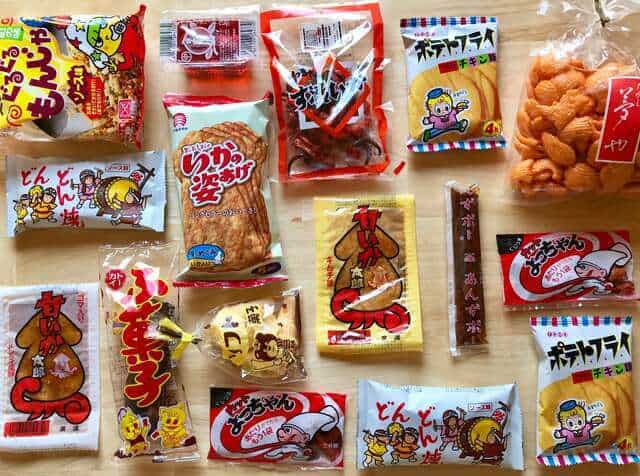
Dagashi (駄菓子) refers to a category of inexpensive, traditional Japanese candies and snacks. These snacks are typically simple, nostalgic treats enjoyed by generations of Japanese people, especially children. The word “dagashi” itself roughly translates to “cheap sweets” or “low-priced confectionery.” Dagashi comes in various forms, such as hard candies, gummies, chocolates, biscuits, and more. They often have colorful packaging and playful names. Usually sold in small, neighborhood candy stores, street vendors, or in colorful stalls at festivals.
Dagashi History

In Osaka back in the Genroku era, they had these sweets made from cheap brown sugar produced locally. They called these sweets “miscellaneous sweets” because they were different from the fancy ones made with expensive imported sugar. That’s where the name comes from. Later, in the 19th century, folks in Kyosaka started using the term “dagashi” for the first time. Locals made things from this like grains and starch syrup and got the name “ichimon sweets” because regular folks liked to munch on them, and they didn’t cost much.
In some places, feudal clans would sell off their extra starch, which they usually kept as a basic food source. In those areas, they started making dagashi as a traditional local treat, and you can still find them today. Most of the dagashi you see these days were created after the war, following a trend that started in the Meiji era. There’s a whole bunch of them, and they’re usually super cheap, like 10 to 70 yen each, so even kids with just a bit of pocket money can grab some. Some of these snacks have cool packaging with famous athletes or popular anime characters that kids love, and some even have lucky draws where you can win a bonus prize.
Back in the day during the Showa period, you could find candy shops on street corners all over Japan, making it a candy shop era. But things have changed, and nowadays, there aren’t as many candy shops around due to shifts in society.
About the Name
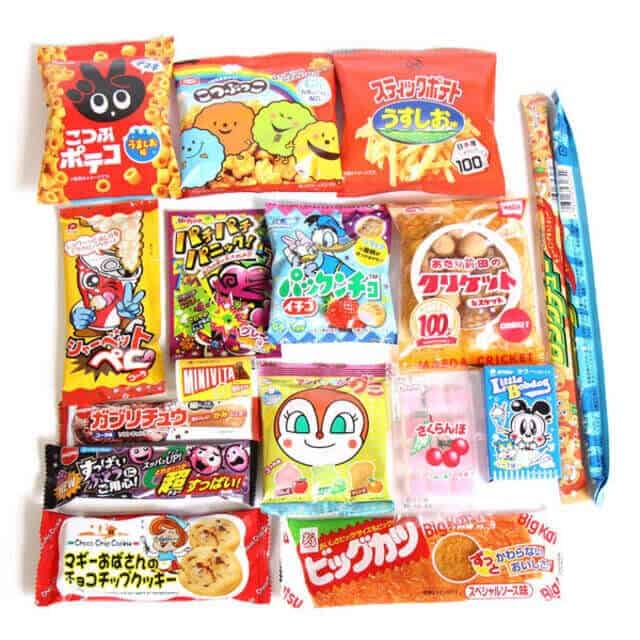
The term “dagashi” in Japan is a fusion of two components: “daga,” derived from the Japanese character “駄,” signifying “cheap” or “low-quality,” often connoting something of reduced worth or quality, and “kashi,” from “菓子,” which denotes “sweets” or “confections” in Japanese, encompassing various sweet treats. When you combined these words, “daga” and “kashi,”, they give rise to the term “dagashi,” essentially translating to “cheap sweets” or “affordable confectionery.”
The word “dagashi” was coined during the Edo period. The “sweets” eaten at that time mainly used caster sugar. However, at that time, white sugar was a very high-class product, and only people of social status such as feudal lords and samurai could eat it. High-class sweets made with this refined sugar were called “jogashi.”
Some popular dagashi you can buy at convenience store
Kabayaki Santaro

It’s slathered in sweet sauce just like real kabayaki, and the exquisite firmness makes it hard to bite into, making it addictive. Once you put it in your mouth, it’s hard to swallow because of its strong texture, making it an indulgent candy, but you can enjoy it for a long time, just like chewing gum.
Yocchan squid

This is Kat Yocchan, also well known for their Yocchan Squid, which is one of Japan’s leading sweets. Squid’s unique crunchy texture and acidity are a perfect match, and it’s sure to be a great snack to go with alcohol.
BIG cutlet
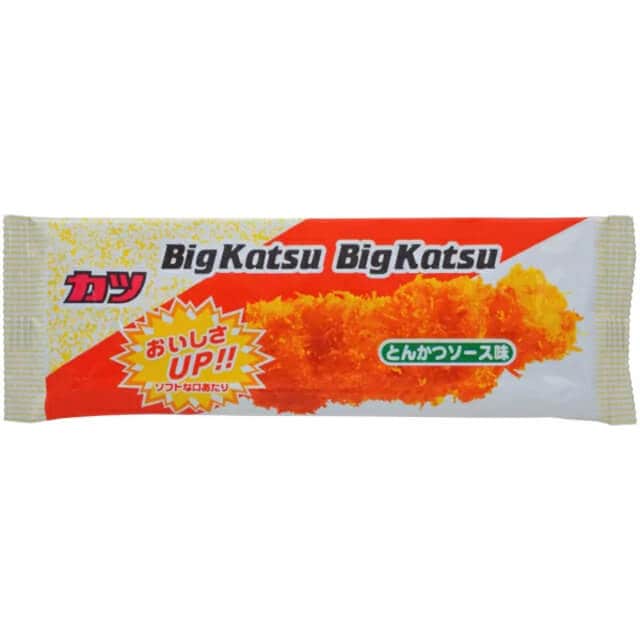
This cutlet lives up to its name as BIG cutlet, and is the main culprit behind an incident in which it filled the bellies of many young people. It’s crispy on the outside, juicy and chewy on the inside, and goes well with rice, making it an all-rounder that goes beyond being a cheap snack.
Baby Star Ramen
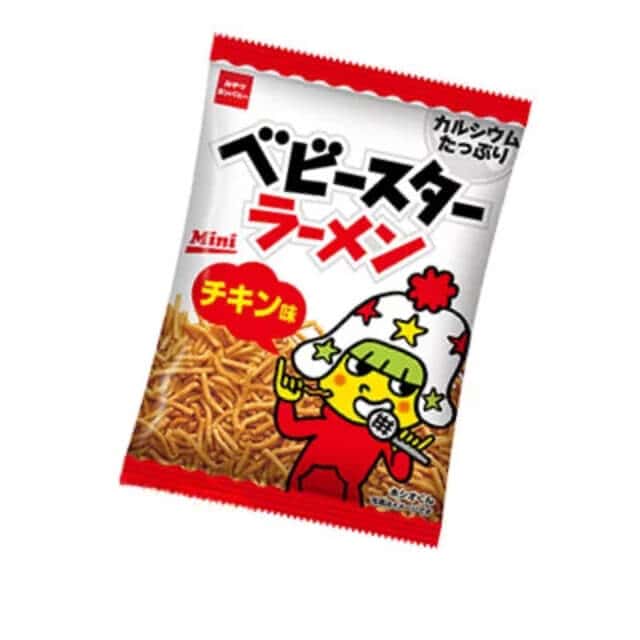
This dagashi proves that locals eat chicken ramen as is without boiling and is extremely delicious. Baby Star is a bit heavy for such children and requires advanced techniques, but there are ways to enjoy it: you can eat it as is, sprinkle it on rice or bread, eat it piece by piece, or pour it down your throat all at once
Various dagashi
Nostalgic candies
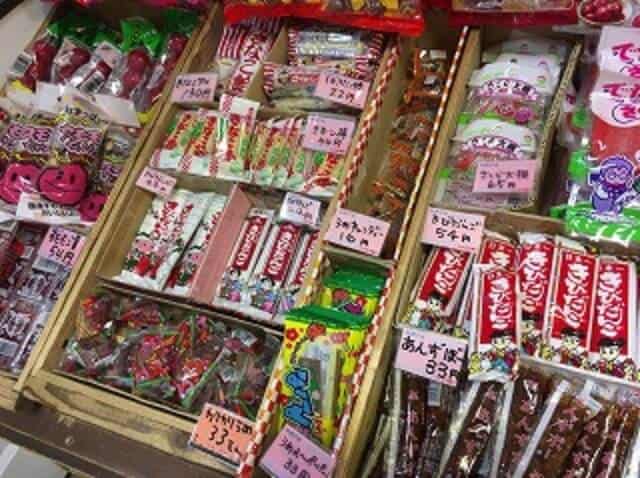
Even though there are fewer candy stores in recent years, you can still purchase a wide variety of candy at convenience stores, supermarkets, and mail order. These nostalgic candies are the Anko balls, kinako sticks, millet dumplings, Japanese sweets, black sticks, string candy, cherry blossom radish.
Delicacy sweets
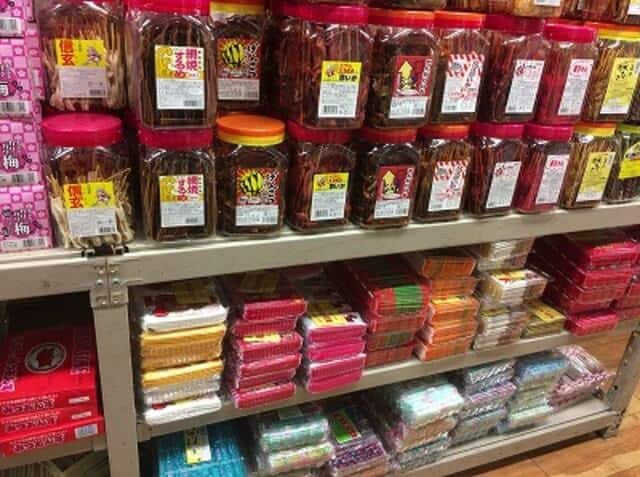
Typical sweets include Kabayaki Santaro, Yocchan Squid, Sweet Kataro, Miyako Konbu, Oyatsu Karpas, and Mini Cheese Snack.
Snack biscuits
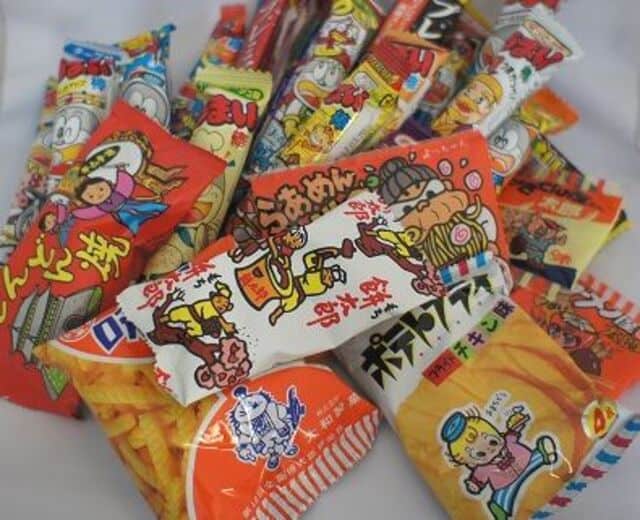
Snack biscuits have this crunchy texture with a salty taste, allowing you to enjoy a simple taste that you will never get tired of. Examples of these are Mochi Taro, Dondon Yaki, Aji Curry, Cabbage Taro, Umaibo, Baby Star Ramen, Ramen Yasan Taro.
Dagashi FAQ
- How much does Dagashi cost in Japan usually?
Dagashi prices in Japan vary based on factors like the type, region, and where you buy them. Generally, dagashi is famous for its affordability, with individual pieces often costing just a few yen. Prices can range from ¥10 to ¥50 for single pieces, while assorted packs with multiple items typically range from ¥100 to ¥500. For larger quantities, boxes of dagashi can cost between ¥500 and a few thousand yen.
- Are there dagashi-themed events or stores?
Dagashi is culturally significant in Japan for multiple reasons. It triggers nostalgia, reminding the Japanese of their childhood joys when they could afford these simple sweets and snacks from local vendors. Its affordability promotes inclusivity, making it accessible to people of all ages, especially children with limited funds.
Where to buy Dagashi?
Niki no Confectionery Tokyo Solamachi Store (二木の菓子 東京ソラマチ店)
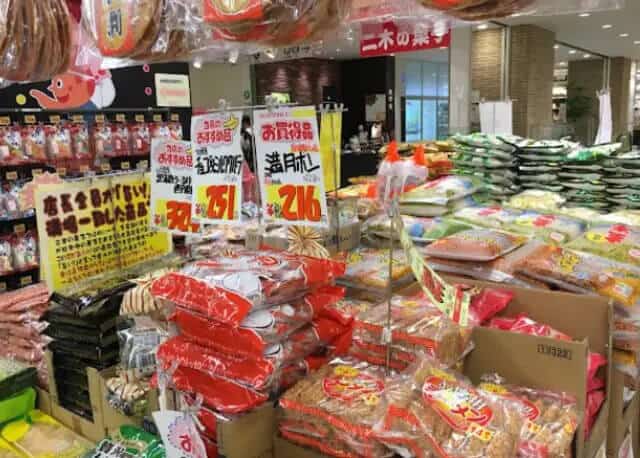
This is a large candy store located on the second floor of Tokyo Skytree Town, inspired by the atmosphere of a downtown area. The store has everything from nostalgic sweets that you ate when you were a child, such as ramune, candies, and rice crackers, to imported sweets and delicacies. The select shop “Futatsugi” is attached to Niki, and there is a wide variety of gifts that can be taken as souvenirs
Show candy and sweets Ewatari (駄菓子とおかしのみせ エワタリ)
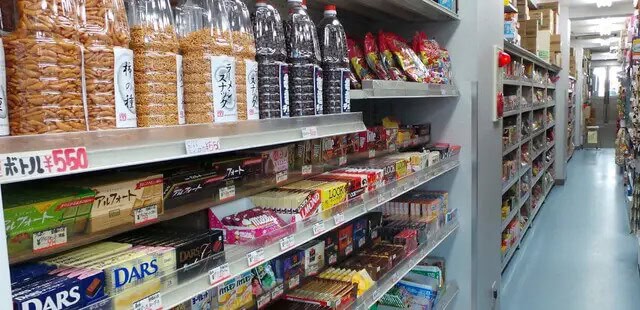
Ewatari is a large candy store that sells 700 million Umaibo bottles a year. Almost all types of Umaibo are available, including 10 yen gum, cocoa cigarettes, drops, cutlets, and other memorable sweets. There is also a section on the second floor where you can buy snacks for alcoholic beverages, toys such as super balls and slime, and boxes for adults, so a visit will naturally bring back a lot of nostalgic memories.
Okashi no Machioka Shinjuku West Exit (おかしのまちおか 新宿西口店)
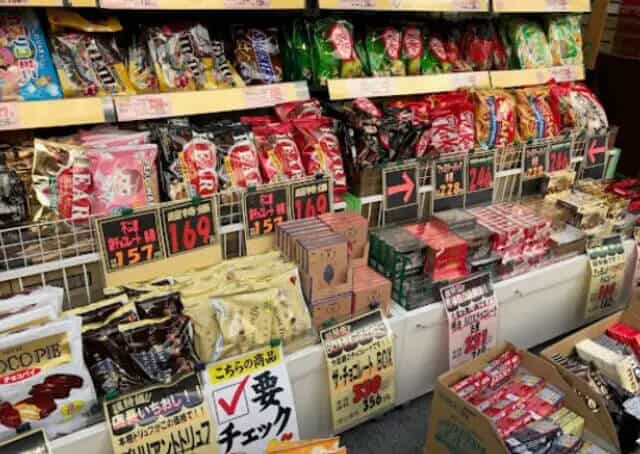
This is a large candy store with an overwhelmingly convenient location, just 1 minute from the west exit of Shinjuku Station. Because it’s located in the middle of the downtown area, the store is always crowded with women, office workers buying in bulk for work, and young people taking their items to karaoke. In addition to the familiar sweets, snacks, chocolates, candies, Japanese sweets, Machioka exclusive products, and even drinks are all sold at very low prices.
Takeaway
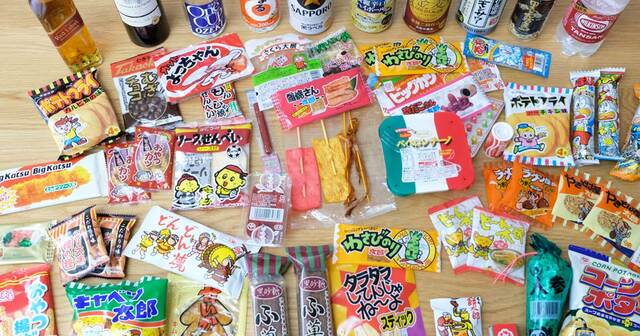
In conclusion, dagashi in Japan is far more than just an assortment of affordable sweets and snacks. It’s a cultural phenomenon deeply with the nation’s history, traditions, and collective memories. So, whether you’re reminiscing about your own childhood favorites or exploring this delightful corner of Japanese cuisine for the first time. May your journey through the world of dagashi be as sweet and fulfilling as the treats themselves.
You can check some Japanese snacks that we know you would like to try too.
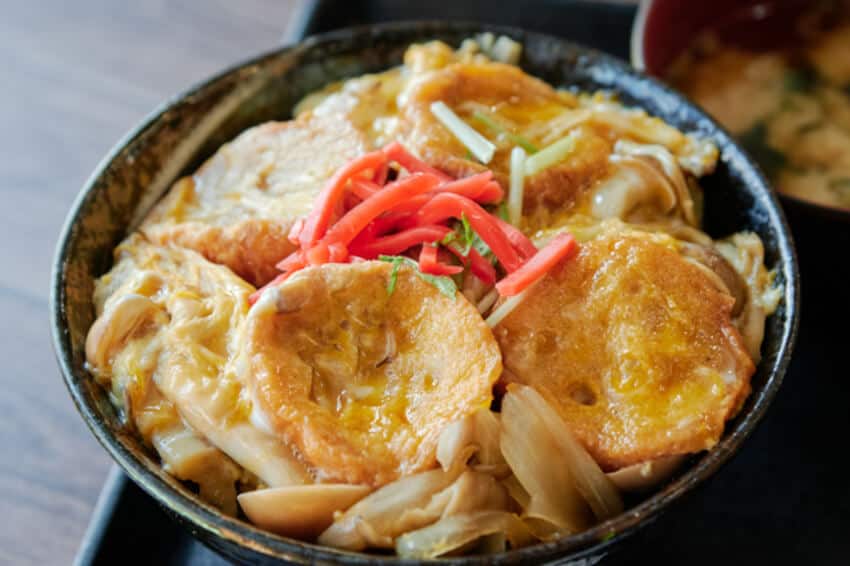
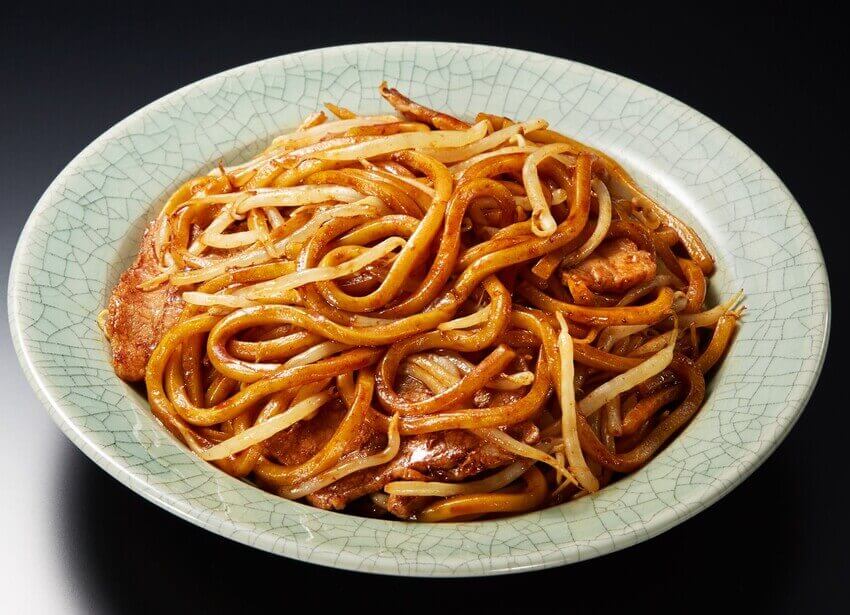





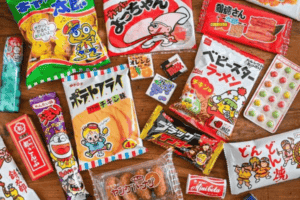
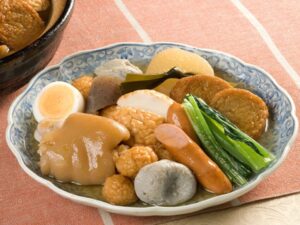

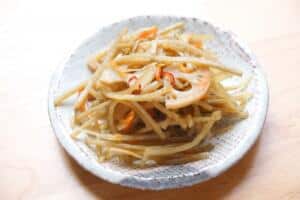
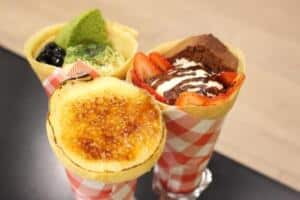
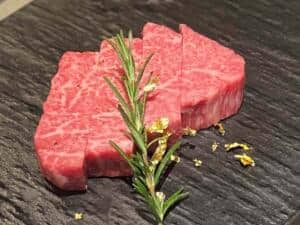
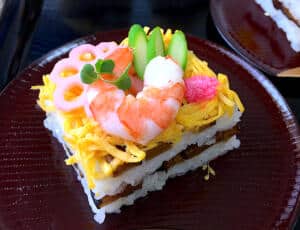
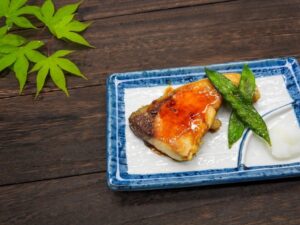
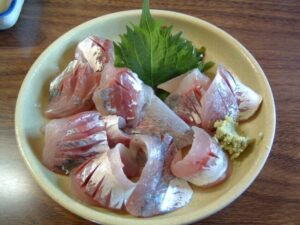
Comments